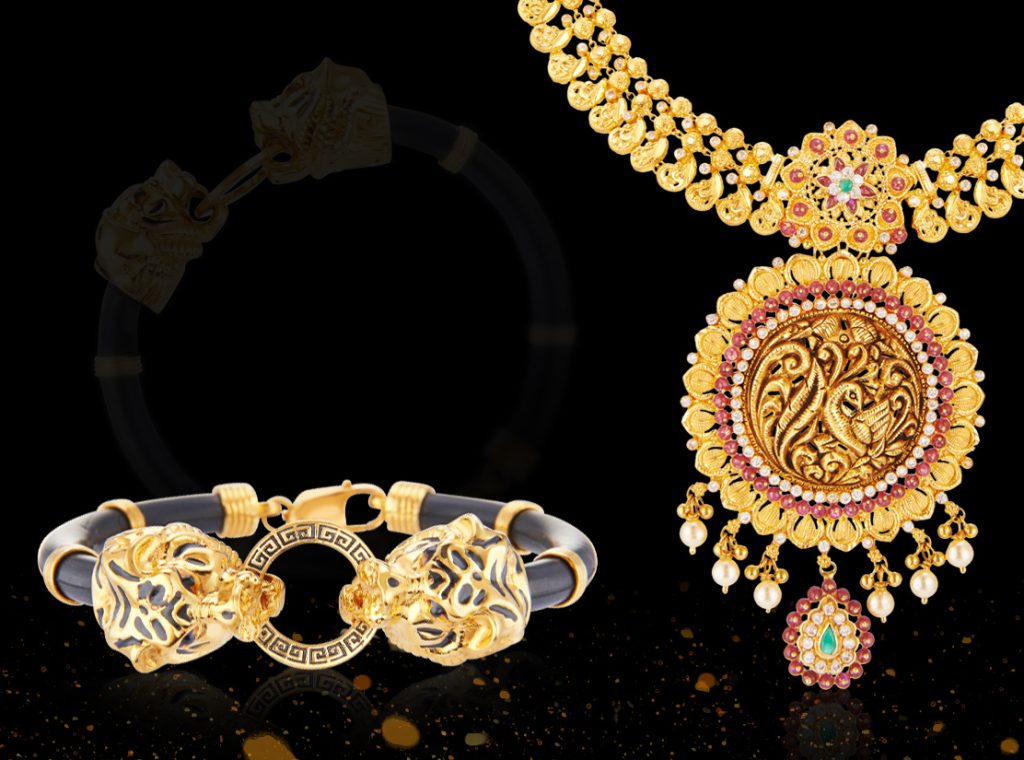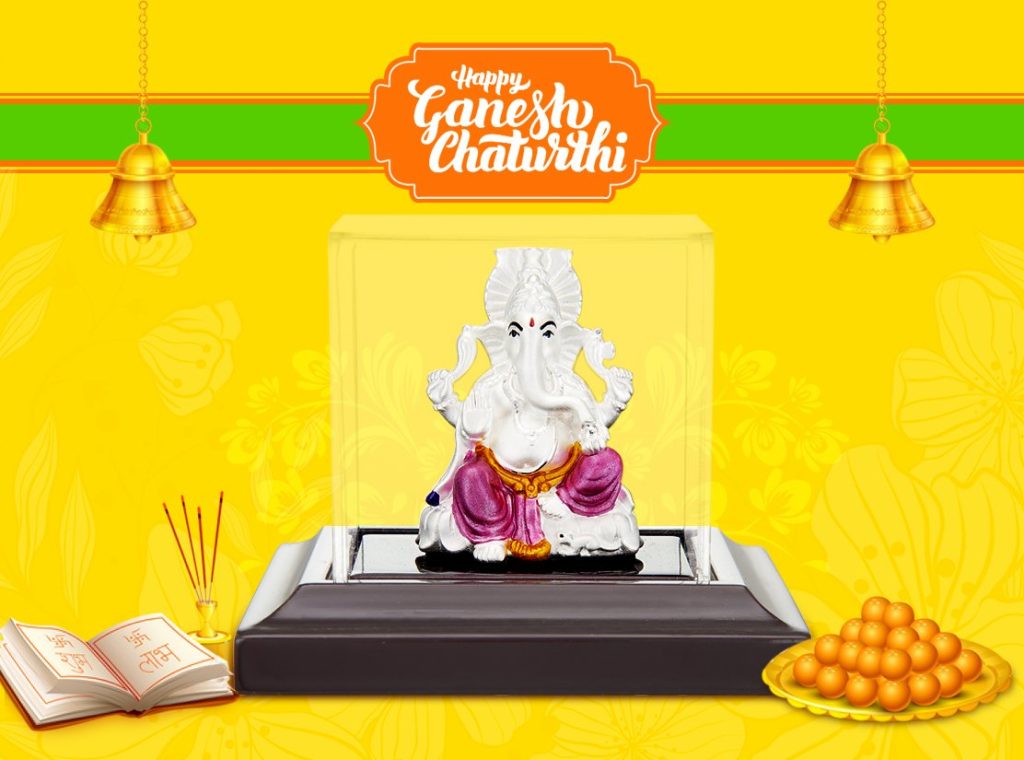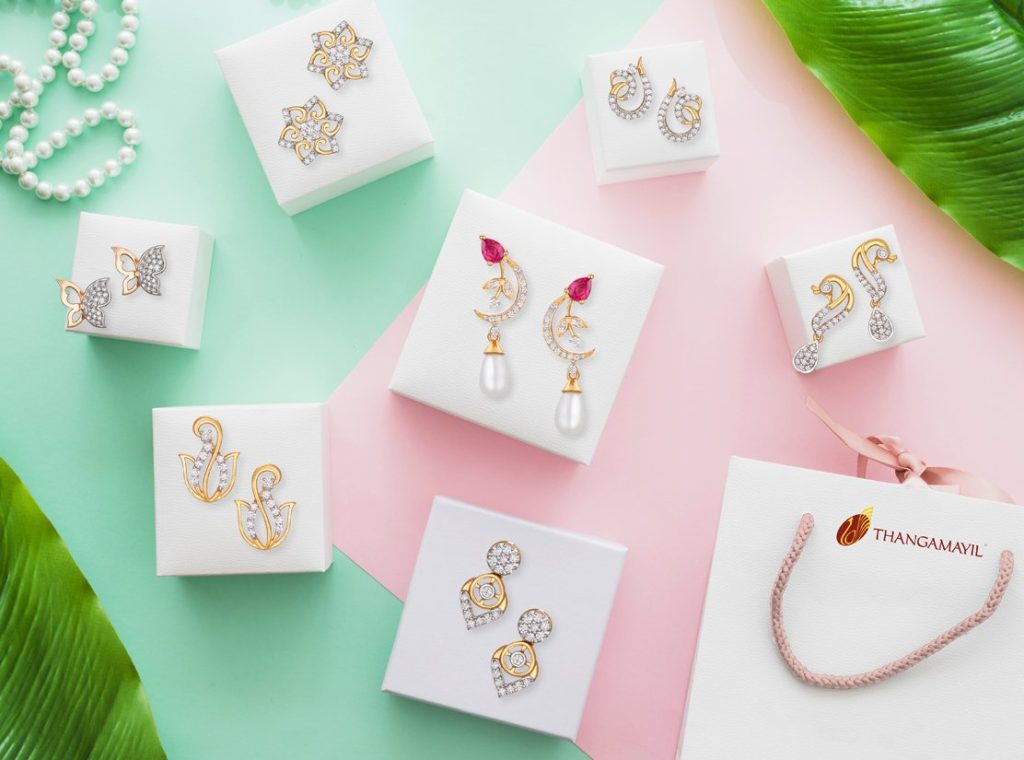Though it is hard to accurately pin-point when and who exactly discovered gold, history tells us that civilizations as early as the 4th millennia BC understood, appreciated and even coveted the precious metal; using it as jewellery and a status symbol and also treating it sacred. While it is true that metals like iron and copper have had far more practical uses to civilizations, and seeded much of their industrial progress – Gold has had a more defining and long-lasting impact, shaping our history more than any other metal.
Indeed, while gold is incredibly rare, it is also one of the few metals to be found in nature in its pure state in the form of nuggets or flakes. This made it easy to identify and work with. In fact, ancient Egyptian, Roman and Greek civilizations had become experts at mining and crafting gold and revered its value – equating it with gods, royalty and power. Ancient Egyptians were master craftsmen – creating masterpieces that have lasted the test of time. Egyptian pharaoh King Tutankhamun’s (King Tut) funeral mask, made circa 1323 BC in solid gold and weighing 24 pounds that was discovered in 1992 remains the most famous artefact excavated to date and has become an inseparable part of Egyptian culture and history.
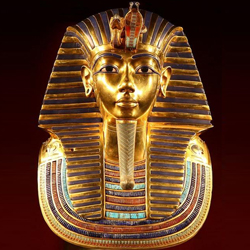
By Carsten Frenzl from Obernburg, Derutschland – TUT-Ausstellung_FFM_2012_47, CC BY 2.0, https://commons.wikimedia.org/w/index.php?curid=33344968
Similarly, excavations across the world have yielded many golden treasures – from coins, jewellery to even cups and plates. Though lacking sophisticated technology, these were still made with great care and detailing.
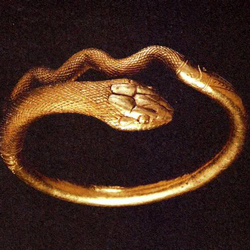
Gold bracelet or armlet from 1 century A.D., Pompeii. Courtesy http://goo.gl/FulxMQ
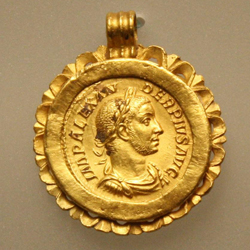
Roman Gold Pendant depicting Emperor Severus Alexander from 222-235 CE. Courtesy http://goo.gl/1m8V7b
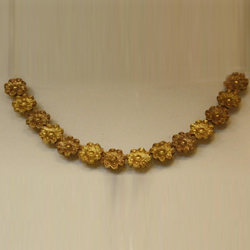
String of gold floral beads from the 14th century BCE from the Mycenae (in modern day Greece) civilization. Courtesy of http://goo.gl/OTTB2a
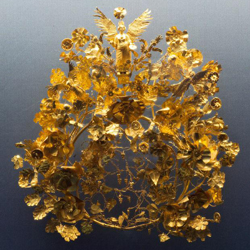
The ‘Kritonios Crown’ dating to about 4th century BC found in a grave in Southern Italy. Courtesy of User: MatthiasKabel, own work, 2008-11-15, CC BY-SA 3.0, https://commons.wikimedia.org/w/index.php?curid=5210126
Every civilization – whether Roman, Greek, Egyptian, Indian, African or Chinese – used gold extensively for making ornaments and jewellery. As civilizations flourished, so did arts, and many skilled artisans were greatly respected and wanted for their gold craftsmanship. In fact, the custom of presenting a ring to signify an engagement is said to have originated in Rome with the Aemilia Ring – found near Corbridge in England.
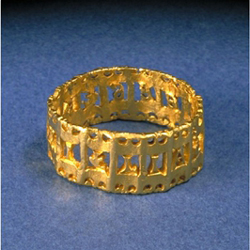
Image courtesy of www.artfund.org
Our religious as well as mythological scriptures too are replete with references to gold – cherishing it as noble and holy. Whether it is the legend of the ‘Golden Fleece’ in the Old Testament or the story of the Golden Calf in the New Testament – gold has been prized by Christians and Jews alike. In Hindu mythology, Kubera is the ‘God of Gold and Riches’ while Brahma is said to be ‘made of Gold’; and gods and goddesses are often depicted riding in golden chariots. The Manusmriti even states that golden ornaments ought to be worn on special occasions. The sun was also taught to be made of Gold, and gold was supposedly thought to be the seed of the universe.
The Incan civilization in what is now Peru in South America referred to Gold as the Tears of the Sun. Egyptians considered gold to be the flesh of their Sun-God ‘Ra’. Because of its resistance to corrosion or tarnish, it was also thought of as a sign of immortality. (Perhaps this is why the tombs of Egyptian pharaohs were often stacked with gold.) Greek poet Homer also makes similar references to gold and immortality in his epics ‘The Illiad’ and ‘The Odyssey’.
Not just that, written records show that ancient Egyptians were even able to asses and approximate value of gold in relation to silver. The code of Menes, the foremost ruler of the Egyptian civilization states that “one part of gold is equal to two and one half parts of silver in value”. This was as far back as 3100 BC. It is interesting to note that even back then, gold was given a higher value than silver. However, gold didn’t become a means of exchange or take the form of money till much later.
The use of Gold as a monetary exchange system came about around 700 B.C, when Lydia (now Turkey) stamped the first gold coin. This coin was a mixture of gold and silver and called ‘electrum’. It was this event that significantly impacted the way civilizations would trade and do business in millennia to come and forever changed the course of history. A standard unit of currency was now possible, and this eased and increased trade significantly. After Lydia, Greeks and Romans too starting minting coins, and as they traded with Asian countries, their gold flowed into India and China.
Now, along with being a symbol of status, power and riches, gold had also become important for commercial success and trade. It was therefore extensively mined. The Greeks became particular adept at gold mining under the reign of Alexander of Macedon. Traces of their placer mines are found to date and they are thought to have mined for gold all the way from Gibraltar to Egypt. The Romans too were not left far behind and developed many scientific mining techniques including using hydraulics, roasting ores to obtain gold, diverting streams as well as underground mining.
From the time a shiny yellow lump of metal was found in a stream, gold has consistently and considerably affected the course of humanity. It has been the cause of wars and destruction, and a means to progress and peace. And it continues to remain as coveted, precious and rare now, as it was then!
